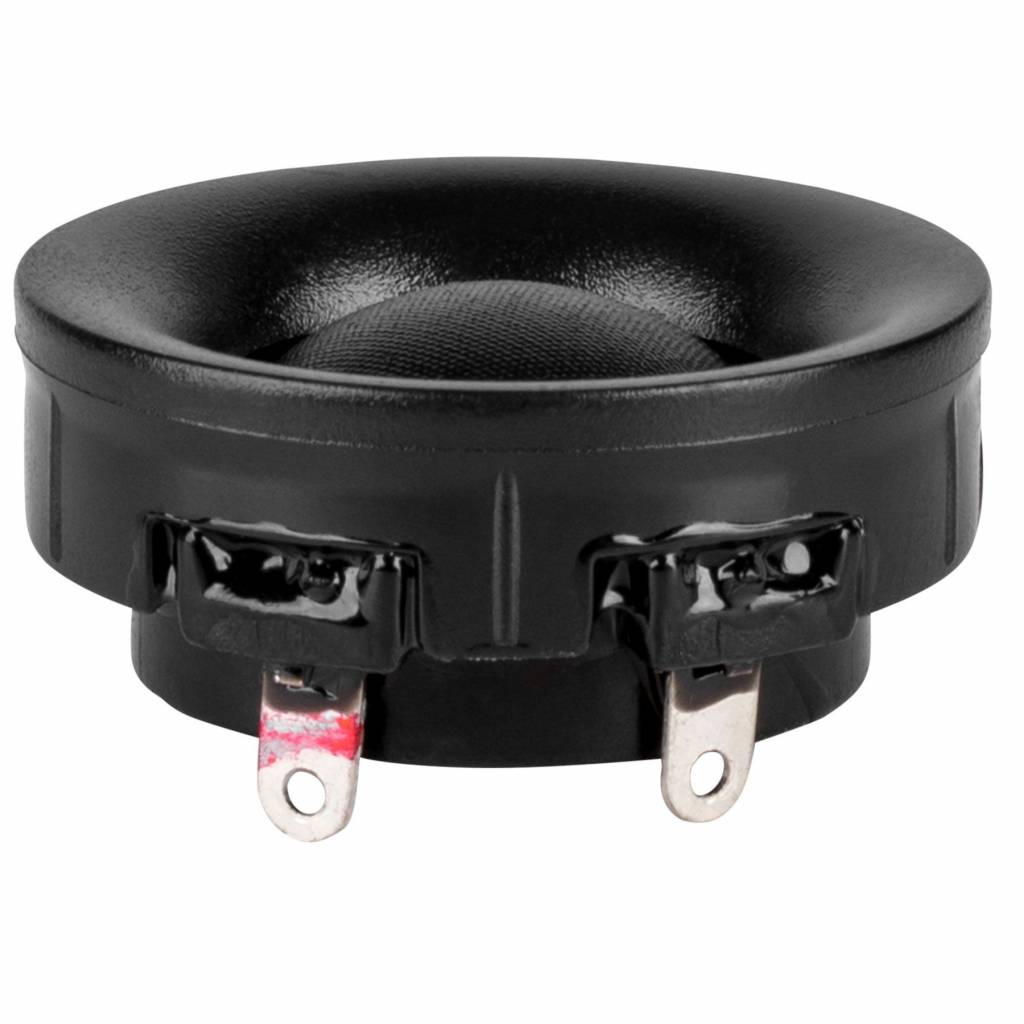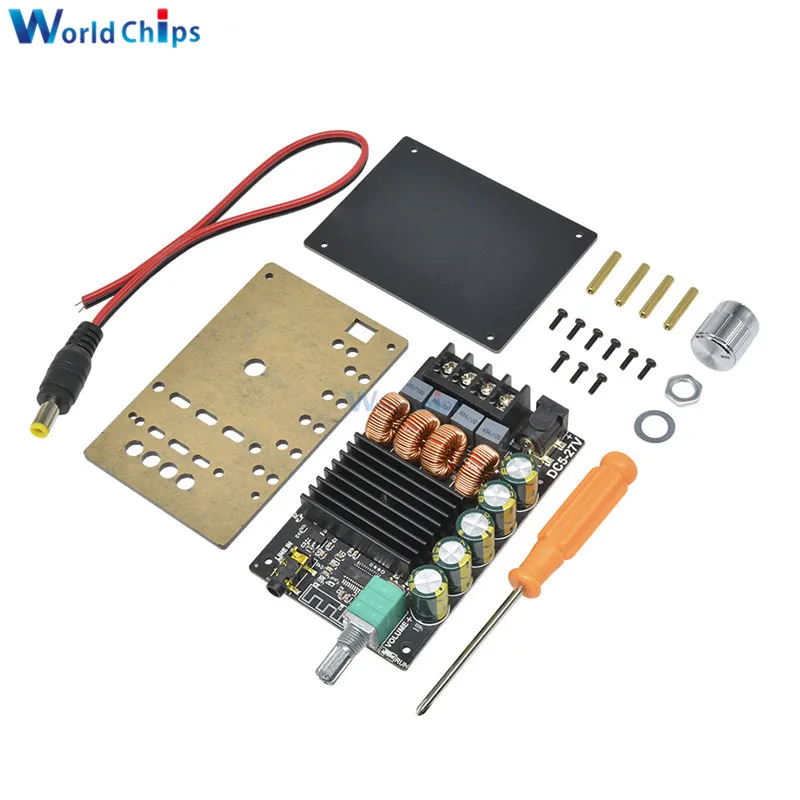The wierdest thing happened and it happened once before. I made another speaker. I made a couple of them using the same design till now. So what i do is, i measure the voltage of the batteries and its 25V as it should be. I turn it on, suddenly i get 1.9V and obviously no sound coming out. I turn it off, connect to charger for 2 seconds, turn the speaker on, again the same thing.
Alright, i say to myself, its either faulty BMS or AMPLIFIER. I check both, nothing, still same problem with new BMS and AMPLIFIER. Then i remember this thing happened once before. So what i do is .. instead of turning the ON switch, i just connect the pins. Guess what, its working normaly. Ok, so i go and measure the button resistance. Its a button from an old pc power suply. I measure while its on OFF and its infinite. I turn it on, voltage of batteries drops from 25V to 1.9V, but the button resistance is 0.4V as it should be (thats what multimeter tells me).
Anyway the fact is, the button breaks the whole thing. The thing is, i cant for the love of god understand how. Its a button. It can either be off or it can be on. But somehow it makes the BMS go nuts and drop the voltage like crazy. Whats more, the batteries that were normaly 4.18V are now sometimes 4.25V. Which is impossible because i just measured them when speaker was off and it was 4.18V.
Anyway, i will replace the button and solve this. But my question is, how the hell can a simple button make this mess ? What ? Does it momentarily jump to high resistance and then back to 0.4 ohm, rapidly, confusing the poor BMS ? The button is on the negative ground line. So when its off, ground connection is cut off.
Again, tried multiple amps, multiple bms ... the only thing that seems to affect it is THIS button. I just tried another button - same type but from different PSU and its working great. Let me stress: (with a deep mystic voice) this has happened once before and same thing, it was solved by another button.



